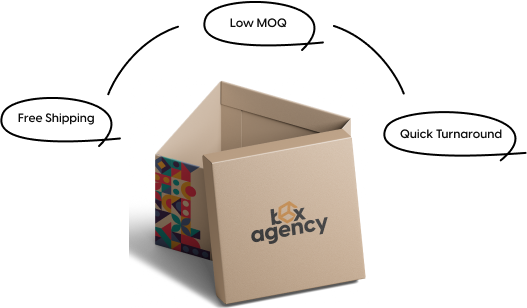Rigid Boxes: Manufacturing, Types and Common Styles
The increasing e-commerce platforms have escalated the importance of protective packaging. They keep the products secured while giving them an impressive presentation. It holds cushioning elements to absorb shocks and prevent product damage during storage or transit. Protective packaging has great resistance against moisture or dust to preserve the product quality.
The market is offering rigid boxes, holding sturdy construction to efficiently protect the contents and elevate the customer’s unboxing experience. They ensure the delivery of premium goods in pristine condition and craft a reliable brand image through high-quality packaging materials. To learn more about rigid boxes, let’s have a look at the article below:
What are Rigid Boxes OR Set-up Boxes?
Rigid boxes, or Set-up boxes, are durable packaging materials manufactured with thick cardboard or chipboard to maintain their shape and ensure product protection. They are primarily used for premium items, including jewelry, cosmetics, mobile phones, etc. The robust structure minimizes the risk of potential damage and gives products a visually appealing display for retail or online platforms.
How Rigid Boxes are Manufactured?

To manufacture rigid boxes, we have the following set of steps:
Selection of Raw Materials
The selection of raw materials is crucial as it holds a direct impact on the quality, sturdiness, and aesthetic value of rigid packaging. The chosen materials should be strong enough to withstand storage, handling, and tough shipping procedures. Chipboard has become a popular choice for rigid boxes as it is available in a wide range of thicknesses with various customization options. It is cost-effective and gives your delicate items a secure yet luxurious outlook.
Size and Shape Cutting
The size and shape cutting stage involves the cutting of chipboard or paperboard in specific dimensions to design the perfect fit for the products. This stage crafts the box structure while minimizing the wastage of raw materials. The precisely engineered boxes hold creases to facilitate easy folding. This prevents cracks or tearing and offers high-quality snug fits for the products.
Construction of Box
The construction of rigid boxes gives you a final three-dimensional structure for product packaging. The scored lines are folded to craft the base, sides, and lid of the box. Adhesive materials are applied on the edges and flaps to form the required structure. The stage is passed through various quality control checks to rectify the defects and meet the required quality standards.
Embellishment of Box
Embellishment is an important stage as it transforms a three-dimensional box into a visually appealing package. Different printing methods are utilized to enhance the overall brand image. The rigid boxes can be customized using logo, artwork design, and other branding elements to be prominent among the row full of competitors. To give rigid boxes an eye-catching appearance, the brands could choose distinct finishing techniques including hot foil stamping, embossing/debossing, spot UV coating, etc.
What are the Basic Types of Rigid Boxes?
There are two basic types of rigid boxes:
Partial Finish
Partial finish boxes give your products a unique presentation by leaving a few portions of the chipboard exposed. The outer surfaces of the boxes hold the decorative elements while the inner edges or walls mostly hold natural kraft. These boxes require less material and are cost-effective as compared to full-finish boxes. These are suitable for electronics, cosmetics, and edible items.
Full Finish
Full-finish rigid boxes give your products a luxurious presentation with intricate patterns and artwork designs. This uses high-quality materials and premium finishes to enhance the aesthetic appeal. Full-finish boxes enhance the brand image and offer customers an amazing unboxing experience. These boxes leave a lasting impression on potential buyers and compel them to make repetitive purchases. These are mostly used for jewelry and luxury products.
What are the Common Styles of Rigid Boxes?

There are a variety of styles of rigid boxes, some of which are mentioned below:
Magnetic Closure Boxes
Magnetic Closure boxes hold embedded magnets to securely close the lid of the box. These are user-friendly and provide an effortless open/close mechanism. Magnets ensure product protection during storage or transit. They offer smooth and easy access to the contents inside the packaging. The box closes with a “snap” sound to elevate the overall unboxing experience.
Collapsible Boxes
Collapsible boxes, also called Foldable boxes, efficiently reduce the storage space when not in use. They significantly lower the transportation cost with its practicability. The foldable feature collapses the box into a flat shape and can be reassembled when needed. They are used for e-commerce, retail, or industrial products.
Telescopic Lid Boxes
Telescopic lid boxes are innovative and hold a lid sliding over the base of the box. They hold an incredible bundle of functionality and aesthetics. The sliding lid ensures product protection and offers packaging a sophisticated yet modern outlook. The boxes can be personalized using premium finishes, printing techniques, and embellishments to enhance the brand image.
Hinged Lid Boxes
Hinged lid boxes are versatile rigid boxes that hold a lid attached to the base with a hinge mechanism. The attached lid gives easy access to the contents inside the packaging. The design is quite convenient for the retailer and user. It protects the contents from damage during storage or transportation.
Book Style Boxes
Book-style rigid boxes are luxurious packaging solutions that open/close like a book. They are manufactured using thick cardboard or rigid material to give your premium products a protective closure. These boxes can be customized using various finishes, color contrasts, and printing methods to give your products a sophisticated outlook.
Drawer Style Boxes
Drawer-style boxes consist of two components: a lid and a base tray. The base slides like a drawer inside the rigid lids to efficiently package and present the products to the target customers. They hold sturdy construction and enhance the user experience with easy access to the products. They are a great combination of functionality, security, and style for brands requiring high-end packaging solutions.
Window Rigid Boxes
Window rigid boxes are a popular choice for products demanding an exclusive blend of protection and visibility. The packaging typically holds a transparent window to let the customers enjoy a sneak peek of their favorite items. The window makes the durable boxes visually appealing while enhancing the perceived value of the products stored inside the packaging.
How To Properly Fit the Products in Rigid Boxes?
Custom inserts are used to properly fit the products in rigid boxes. The boxes and the inserts are crafted in custom dimensions to keep the products safe yet enticing for potential buyers. Custom inserts are of various types but the brands could use them according to their product type and the cushioning required during transit. These are manufactured using eco-friendly packaging materials to support sustainability.
How Rigid Is Different from Corrugated & Folding Cartons?

The key differences between rigid, corrugated & folding cartons are mentioned in the table below:
|
Features |
Rigid Boxes |
Corrugated Boxes |
Foldable Cartons |
|
Toughness |
Highest |
High |
Low |
|
Product Protection |
Excellent |
Good |
Moderate |
|
Production Cost |
Highest |
Moderate |
Lowest |
|
Attractive Feel |
Highest |
Moderate |
Low |
Why Use Rigid Boxes?
Rigid boxes offer businesses a wide range of benefits including:
- Protect fragile items during storage, handling, or transportation.
- Minimize the risk of product damage.
- Hold sturdy construction for the security of premium goods.
- Offer customers an amazing unboxing experience.
- Enhance the brand image using logos, artwork designs, and patterns.
- Incorporate special features to create a positive impression on potential buyers.
What is the Difference Between Rigid and Cardboard?
Rigid boxes and cardboard boxes differ in their structure, strength, and construction.
- Rigid boxes are manufactured using thick chipboard material. These are sturdy boxes that don’t fold or collapse and provide excellent protection for fragile products. They are luxurious and hold a premium outlook for high-end products.
- Cardboard boxes are manufactured using cardboard material of various thicknesses ranging from 12pt. to 24pt. They often hold a corrugated lining to give products the required protection and are mostly used for shipping purposes.
Are Rigid Boxes Eco-Friendly or Harmful to the Environment?
Rigid boxes are eco-friendly if manufactured using recycled paperboard or eco-friendly chipboard. They are durable and reusable, minimizing the amount of waste in landfills. They hold the least environmental impact and play an imperative role in attracting eco-conscious customers. Rigid boxes become harmful if they contain non-recyclable elements like plastic coatings or metallic finishes. This eventually contributes to environmental pollution and resource depletion.
Where To Get Customized Rigid Boxes?
To get customized rigid boxes, the brand should get in touch with Box Agency as we hold nothing less than brilliance for your premium products. Our skilled professionals allow clients to discuss their set of requirements and get the high end packaging designed to fulfill their product needs. We offer different types of rigid boxes and various other packaging solutions to enhance your brand image. So, step ahead and order rigid boxes to progress in the competitive marketplace.




